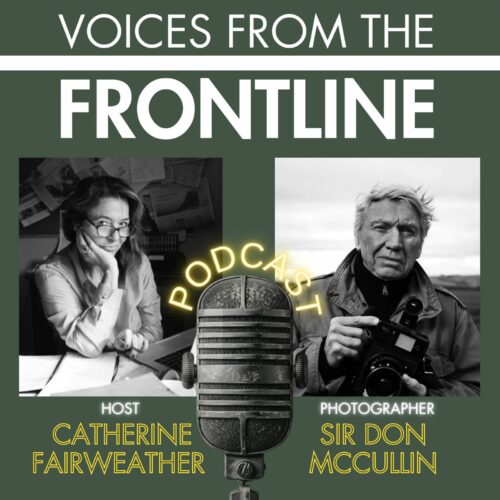International Safety Training Standards for Freelance Journalists
Sponsored by the Frontline Club Charitable Trust
The Safety Training Standards, launched at the Frontline Club in October 2018, are the product of a detailed effort to map consensus within the news industry to find an acceptable curriculum for hostile environment training for international freelance journalists who assume risk in the course of their work. News organizations increasingly rely on freelancers and local journalists to maintain their foreign news output, particularly to cover stories from places that are difficult to access and report from. Safety training is now considered essential best practice for journalists working on challenging stories. However, the past absence of industry-wide standards on safety training discouraged freelancers from investing in their own safety skills and made it difficult for news organizations to assess whether a freelancer has done a course that meets their requirements. Safety training is normally provided by external training providers, all offering different standards of training and different curriculums, although some news organisations conduct internal training. There are also a number of NGOs who offer training for free or at subsidised rates. Security personnel working for a news organisations have a select list of training providers as preferred suppliers for their staff journalists, but this list is generally small. Most news organisations security personnel do not have the time to vet a large number of training providers. Freelance journalists do not know which providers are acceptable to the news organisations and relevant for them. Working on small budgets and spread out across the globe, freelancers often select a provider based on what course is available in their area, what they can afford and whether courses offer a subsidised rate. When a freelance journalist pitches a dangerous deployment to a news organisation the organisation’s security personnel will have to view the training qualification of the freelancer. There is a high chance that the news organisation will not have any information of the quality of the course the individual has done and will be forced to turn down the pitch. Local journalists have even less access to safety training. Any courses available to them are normally run by local and/or international NGOs and are not recognised by international news organisations, although the quality of some of these courses is outstanding with content properly tailored to the needs of participants. The absence of recognised safety standards therefore allowed for confusion and uncertainty and deterred journalists from investing money and time in safety training and reduced the chance that news organisations would invest in the safety of the freelancers that they worked with. The Safety Training Standards initiative was initially inspired to support the Frontline Freelance Register (FFR) in its effort to guide and support international freelance journalists who assume risk in the course of their work and to make their journalism more effective and easier to deliver. The initiative breaks down training modules and methodology into three categories. The modules and methodology included into category 1 form the essential training required to meet the baseline industry standards. Category 2 contains modules and methodology that are essential depending on assignment and context, and the course participants. For example those working locally, or doing investigations or not working in conflict zones but on environmental stories etc. Category 3 modules and methodology are recognised as valuable but not essential. The Safety Training Standards do not seek to impose a one size fits all curriculum for all training courses or be too prescriptive. They recognise that there needs to be flexibility for trainers to run courses that are relevant to the context and the specific needs of the journalists they are training before them. This initiative gives us an opportunity to continually review and improve the provision of safety training so it’s relevant and has value. Ultimately, it seeks to raise standards and promote professionalism in the news gathering community, and contribute towards creating a culture of safety. The next steps for the Safety Training Standards initiative are to gather wider endorsement from within the news industry and to enrol a steering group of safety experts from within the news industry and its training community.
References
- The Safety Training Standards proposal document was aimed at news trainers internationally.
- In collaboration with the ACOS Alliance, the Rory Peck Trust and FFR, the Frontline Club conducted a detailed mapping exercise with news organisations to identify detailed curriculum needs that concluded in May 2019.
- Press Release dated 17 October 2018 announcing the launch of the Safety Standards Initiative at the Frontline Club.
